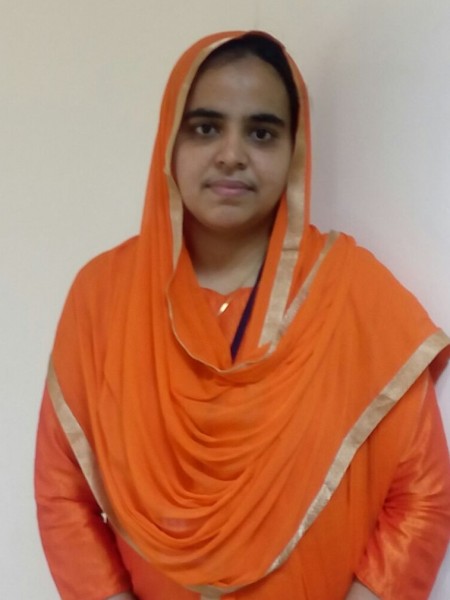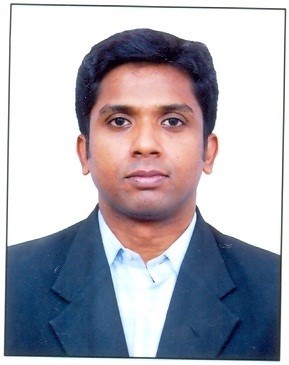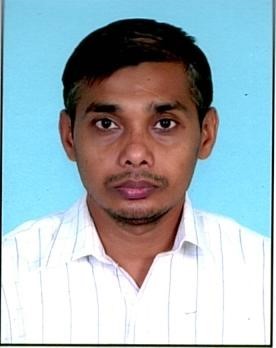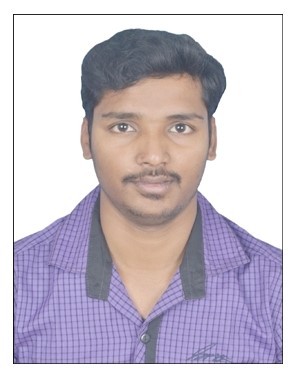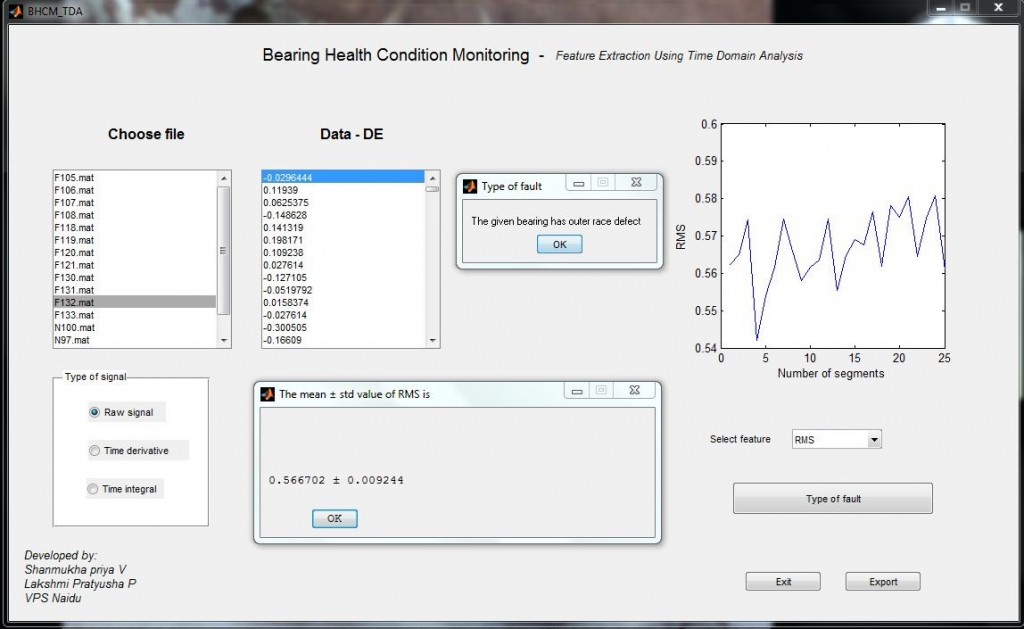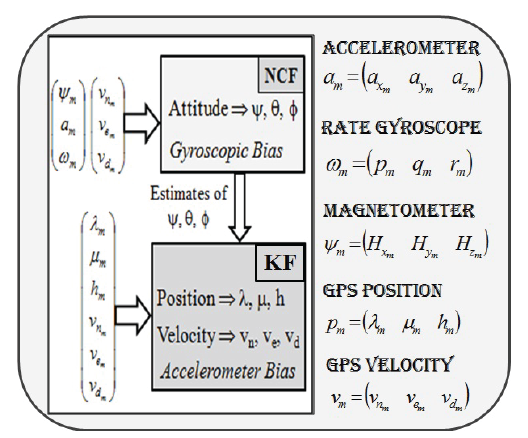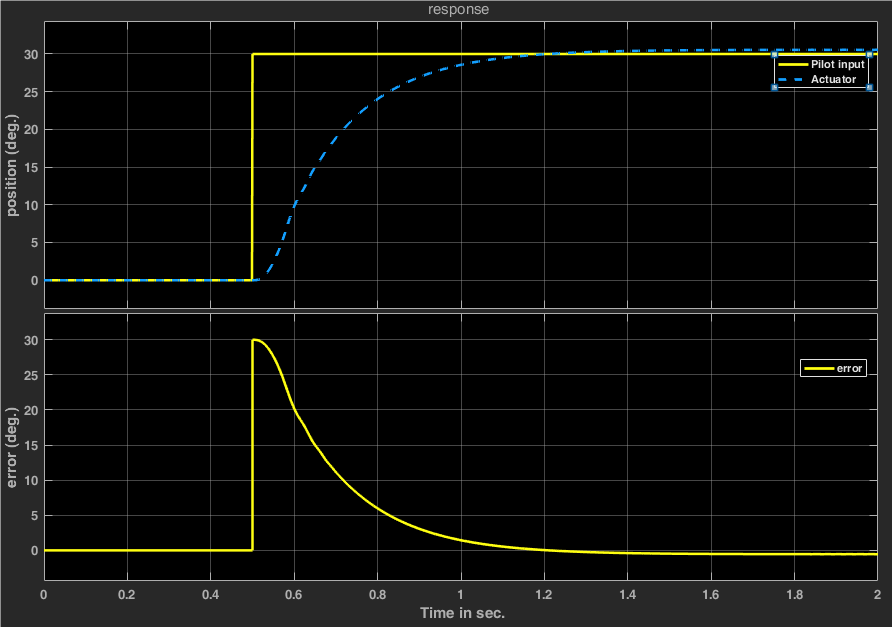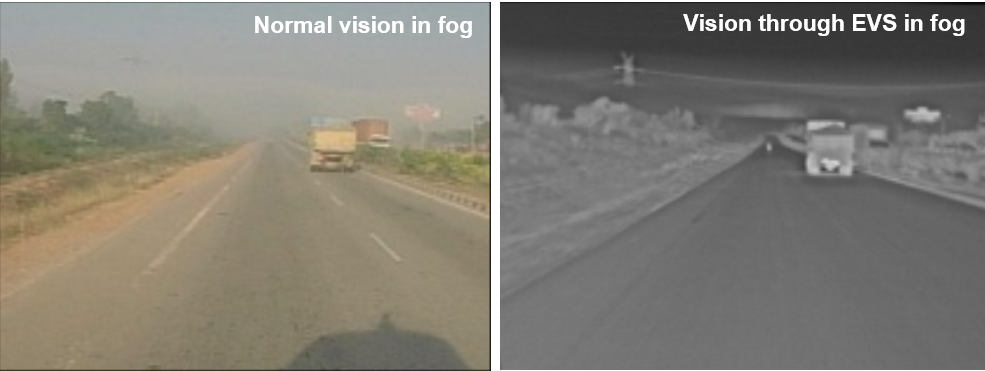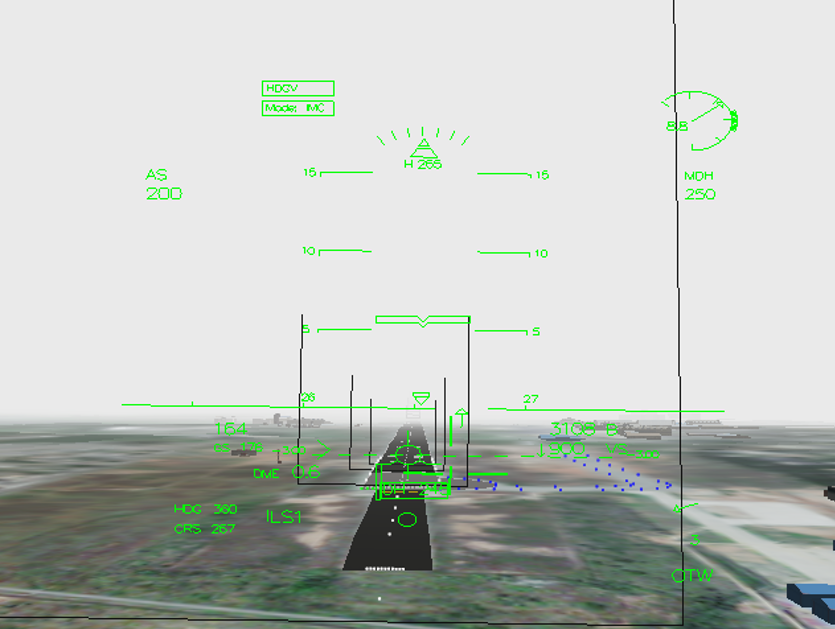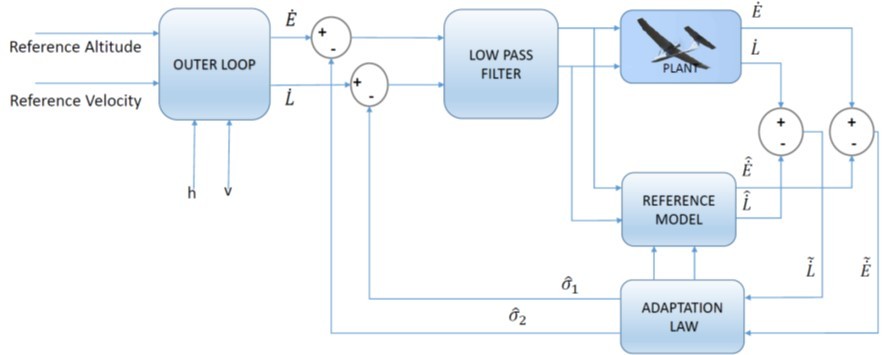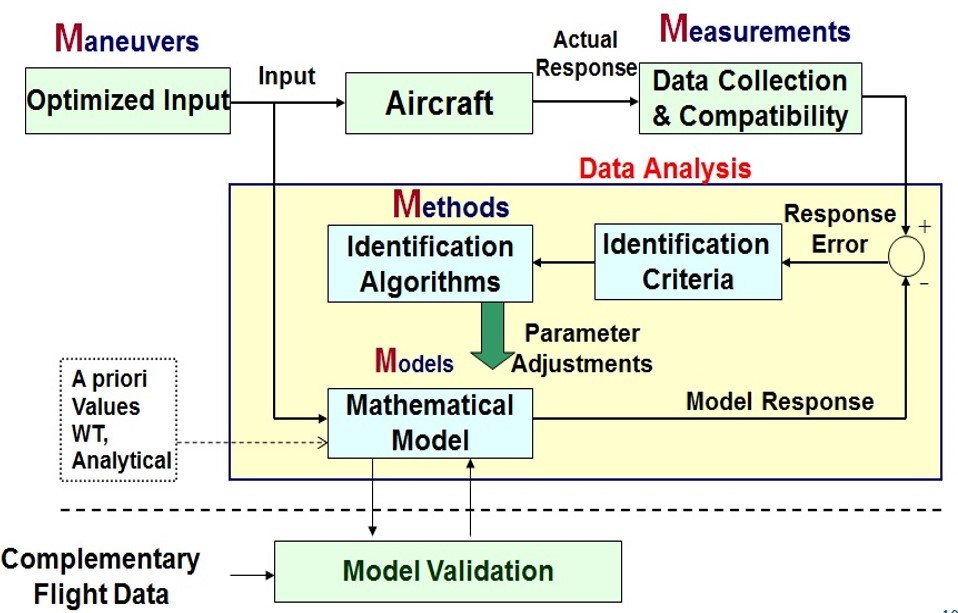Flight Mechanics & Control Division is one of NAL’s leading departments that has played a stellar role in providing technology solutions to major aviation and aerospace programs in the country.
The division has a high level of expertise in Flight Simulation, Control and Handling Qualities, Aircraft System Identification, Multi Sensor Data Fusion and Unmanned Air Systems.
Control & Handling Qualities Group & the National CLAW Team
The National Control Law Team, that comprises of the best talent from FMCD, ADA, CAIR, and HAL operates from the premises of FMCD. The team has made a major contribution in the design and development of the complex fly-by-wire flight control system of India’s Light Combat Aircraft.
More than twenty test pilots have flown LCA-Tejas and have applauded the team for delivering an aircraft with excellent handling qualities and capabilities. Today, Tejas compares with the best fighter aircrafts in the world with features such as boundary limiting, automatic low speed recovery and carefree maneuvering.
Its state-of-the-art autopilot supports altitude and flight path select & hold mode, as well as auto level features with both horizontal and vertical navigation modes. The sophisticated control-laws are devised to permit Air-to-Air refueling as well as carriage and release of a range of weapons from the aircraft.
The team has successfully designed air data algorithms to ensure accurate measurement of flow angles and pressure probe readings.
A stiff challenge for the team was to design the flight control laws of LCA Naval variant for short take-off from a ship deck and arrestor-hook landing. A special hands-free takeoff mode was developed to overcome the constraints of the short runway.
The flawless flying demonstrations of LCA-Tejas at Aero India Bangalore and Bahrain Airshow amply demonstrate the team’s expertise and capabilities in flight control design.
Flight Simulation Group
The Flight simulator designed at FMCD has been instrumental in validation and final implementation of LCA’s control design. This high-fidelity real-time simulator provides high quality visual cues to LCA pilots.
Special scenarios can be created to familiarize the pilots with turbulence, crosswinds, take-off from ship deck, landing with arrestor-hook, air-to-air refueling and auto low speed recovery.
FMCD team has also developed several other simulators, including desktop simulators for engineering students and Handling Qualities simulator for the Air Force Test Pilot School.
A multifunctional simulator has been developed for CSIR-NAL’s 14 Seater, SARAS Aircraft, to provide cockpit and procedure familiarization to pilots. A head & eye tracking system is also installed to measure pilot workload.
An Augmented Engineering Environment Simulator was designed jointly with CAE Canada, for studies in aircraft design validation, cockpit ergonomics, Pilot Vehicle Interface and Hazard analysis. A dedicated simulator of Advanced Medium Combat Aircraft (AMCA), was built by FMCD to assist ADA for evaluating controller design and avionics displays for this fifth-generation fighter aircraft.
The team also has expertise in the area of Air Traffic Management. Airport capacity studies, noise prediction, air traffic controller work load assessment and fuel burn studies have been executed using this facility.
Aircraft System Identification Group
A key requirement for aircraft control design is the availability of accurate aerodynamic models. This requires a coordinated approach using flight data gathering, mathematical modeling and advanced system identification tools.
FMCD has mastered these highly sophisticated technologies that are closely guarded by the leading aerospace agencies in the world. The team has rich experience in model identification from flight data. The identified models are used to improve simulator fidelity, to evaluate aircraft performance and for upgrading flight control laws.
The team has contributed immensely to the safe and systematic expansion of LCA-Tejas flight envelope. The team has also analyzed flight data from several other aircraft, including SARAS, MIG-21, Jaguar, Advanced Light Helicopter and unmanned air vehicles.
The division has made significant contributions to several other vital projects, such as flight clearance of stores for mid-life up-gradation of the Mirage 2000 aircraft.
Multi Sensor Data Fusion Group
FMCD’s expertise extends beyond aircraft control design to the complex area of multi-sensor data fusion.
The expert group working in this area has developed target tracking algorithms for the integrated test range facility of DRDO. Sophisticated algorithms were also developed for C4I National Air Defense Programme.
Seeker filter algorithms were developed for ASTRA air-to-air missiles to intercept highly maneuvering air breathing targets. An automatic threat assessment system was developed to improve pilot’s situational awareness and to reduce his workload in combat situations.
The expert group is currently developing an advanced cockpit display technology, called ‘Enhanced synthetic vision system’, to enable pilots to perform safe flight operations in reduced visibility conditions.
This technology will enable flight operations in all weather conditions from any airport, including ones that are not well-equipped for low visibility operations.
MAV UNIT
FMCD has also been contributing to the development of unmanned air systems at NAL.
The division is actively supporting the MAV unit of CSIR-NAL, which provides the lead in the design and fabrication of fully indigenized mini air vehicles.
FMCD team has been instrumental in developing the flight control algorithms and hardware-in-Loop simulation for the MAV program. The division also assists MAV unit in vehicle integration and flight testing activities.
International Collaborations
FMCD has been involved in several collaborative programs with international agencies like DLR Institute of Flight Systems, Germany, De-Montfort University in Leicester, UK and CAE, Canada.
Concluding Remarks
As the division looks to make foray into the new challenging areas of Aerospace sector, it is open to scientific and technical collaborations, industrial partnerships, transfer of technology and joint development with Indian and Foreign partners.
With its unparalleled expertise in the areas of flight control design, simulation, system identification and data fusion, FMCD will continue to deliver critical technologies to the various aerospace programs that the country may plan to undertake in the times to come.
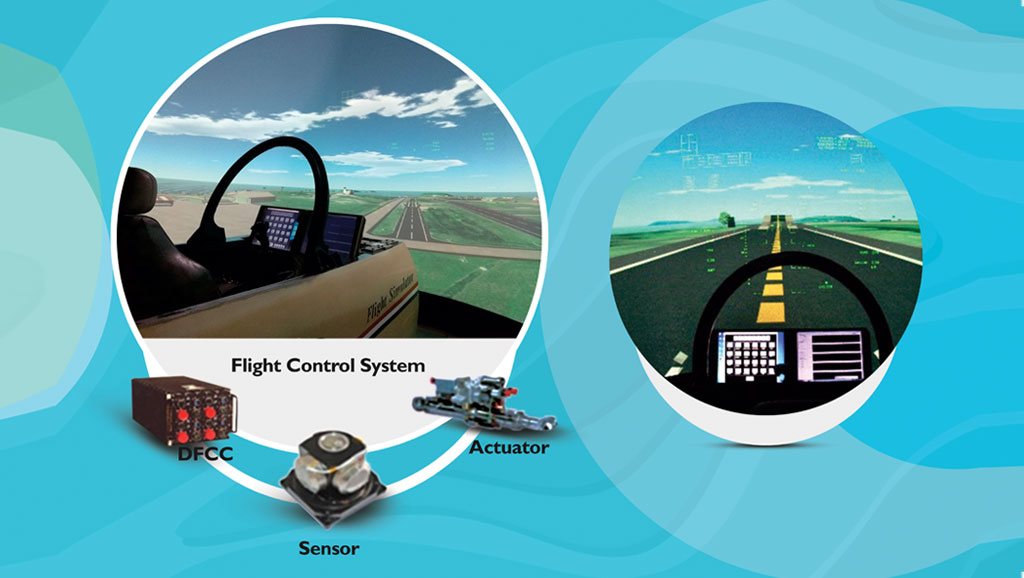

 English
English हिन्दी
हिन्दी





